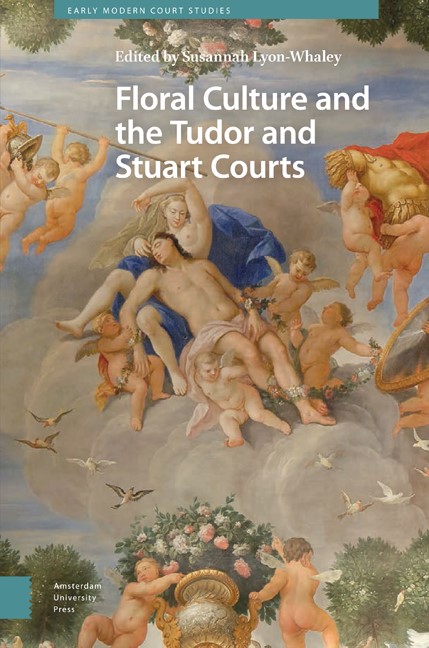10 - English Knots and French Parterres : English Floriculture in Continental Context
Published online by Cambridge University Press: 16 April 2024
Summary
Abstract
The rise of floriculture in the seventeenth century occurred in context of emerging transnational study of botany, international rise of the formal garden, colonial conquest, and global trade, through which flowers emerged as potent demonstrations of power and taste across Europe. And yet, the cultural and political uses of flowers were simultaneously national in nature. This essay examines Tudor and Stuart floriculture in context of continental cultural exchange, transnational networks of knowledge, and national posturing. Through the analysis of seventeenth-century gardening manuals, the deployment of flowers in identity making, and the gendering of flowers, it illuminates the realisation of distinctly English flower culture and plumbs the national translation of the cosmopolitan in a more nuanced understanding of English floriculture.
Keywords: gardens; gender; floral symbolism; heraldry; Henrietta Maria; Louis XIV
Introduction
Around 1550, a painter believed to be William Scrots (d. 1553) painted the young Edward VI, son of Henry VIII and King of England (1537–1553), holding a red rose (figure 10.1). Shown in profile on the right half of the painting, Edward faces in the direction of a sun staring out at the viewer and a variety of flowers populating the left half of the panel. But the flowers, including violas, perhaps pinks or even heliotrope, as well as red and white roses, defy their tendency to follow the movement of the sun over the course of the day—and turn to face not the sun, but rather the young king. In golden letters painted at the bottom of the panel, related though not identical Latin and medieval Italian inscriptions invoke Ovid's tale of the metamorphosis of the nymph Clytie, the Latin reading: ‘We ask you to witness how Clytia, a flowering plant among these roses, / Rightly unites King Edward with Phoebus the Sun.’
In Ovid's telling, Jupiter is asked to witness Clytie's devotion to Apollo (here, Pheobus), or the Sun. Clytie, envious of Apollo's seduction of Leucothoe, made public Leucothoe's transgression, for which Leucothoe's father buried his daughter alive.
- Type
- Chapter
- Information
- Floral Culture and the Tudor and Stuart Courts , pp. 277 - 304Publisher: Amsterdam University PressPrint publication year: 2024



